The impact of influencers is undeniable within today’s digital landscape. Influencers have become integral to social platforms like TikTok and Instagram and serve as the most lucrative medium through which marketers connect with consumers. The indispensability of these cultural instigators as an advertising mechanism becomes increasingly evident as social media evolves.
What are the influencer marketing trends rising to prominence in 2024, and how can your brand leverage them to maximize visibility? We’ve got you covered.
13 Influencer Marketing Trends to Watch Out for in 2024
- Artificial intelligence integration
- Micro-influencer prioritization
- A heightened focus on influencer podcasts
- Social media as a search engine
- The convergence of influencer and affiliate marketing
- Employees as influencers
- Diversity and representation
- UGC as a primary digital marketing method
- Influencer product collections
- Cross-channel campaigns
- Influencer subscriptions
- Influencers become entrepreneurs
- Long-term influencer partnerships
1. Artificial Intelligence Integration
Needless to say, recent years have been characterized by the artificial intelligence boom, as programs like Character AI and Jasper rapidly transform the advertising realm. From Sephora’s chatbot-powered shopping service to Starbucks’ voice-powered barista, AI is becoming the primary requisite for any prominent brand.
How does this critical promotional tool converge with influencer marketing? Slowly but surely, platforms like Upfluence are integrating ChatGPT and similar AI features into their software, expediting the marketing process and allowing brands to discover industry-relevant figures. Throughout 2024, these implementations will become the most conventional means of connecting with digital creators, replacing synthetic software and native social media searches for collaborators.
Consequently, over the next few years, the structures of influencer marketing platforms as we know them are slated to transform entirely in accordance with AI’s advancement.
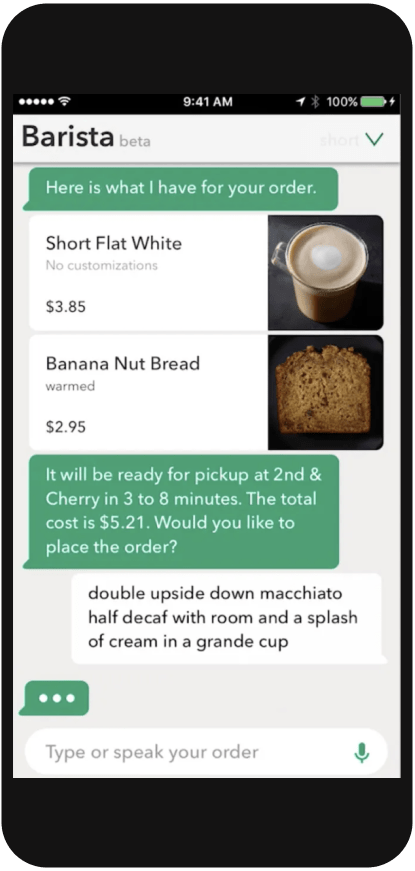
2. Micro-Influencer Prioritization
Paradoxically, it is often a micro-influencer who drives macro results. As an influencer’s follower count increases, their engagement rate typically diminishes. Smaller accounts can more easily connect with their followers, fostering close-knit communities among them.
Moreover, possessing “girl-next-door” comportments, micro-influencers are often perceived as more trustworthy in their product recommendations than their macro-influencer counterparts. Prudent brands will continue leveraging micro-influencers and their more relatable lifestyles to market products in 2024, avoiding promotion that feels superficial or sponsored.
3. A Heightened Focus on Influencer Podcasts
Maybe you’re a fan of The Broski Report with Brittany Broski or The Comment Section with Drew Afualo. Perhaps your favorite influencer has been a guest on another eminent podcast, like Alex Cooper’s Call Her Daddy. In either case, you’ve just scratched the surface of the manifold influencer podcasts that have recently hit streaming services.
Audio entertainment is promptly becoming the audience-cultivation method of choice among burgeoning influencers. Those who possess followings can deepen their parasocial connections through podcast episodes, while those who aim to attract new users can entice them through subsequent viral mediums, like Spotify and Apple Music.
Podcast listenership hit 460 million in 2023 and is predicted to surpass 500 million in 2024. Evidently, sagacious social media figures are making the decision to embark on transmedia pursuits. Their assimilation into the podcast scene is one of the most highly anticipated key trends of 2024.

4. Social Media as a Search Engine
In recent years, particularly between millennials and members of Gen Z, traditional search engines like Google have been replaced by popular social media platforms. As many as 40% of today’s youth report utilizing TikTok and Instagram as primary search tools. This trend largely originates from TikTok’s meteoric 2020 rise.
Desperate for community during a time marked by COVID-19 and isolation, the app’s users began addressing their queries through its search bar. Whether seeking advice or scouring the platform for must-have Amazon items, TikTok generates demographically aligned results that foster a sense of belonging.
This trend has only grown more customary since the days of quarantine, deeming influencers a paramount force as brands strategize product discovery. Rather than target consumers through standard pay-per-click or SEO advertising, many companies may choose to allocate their budgets toward influencer relations. In doing so, they will successfully market to target audiences through organic user-generated content.
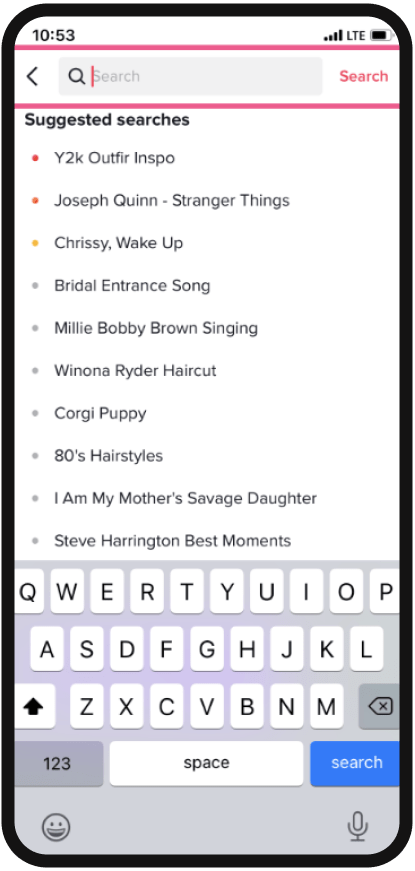
5. The Convergence of Influencer and Affiliate Marketing
The lines between influencer and affiliate marketing are becoming increasingly blurry as marketers begin to ascertain their joint power. Product awareness is no longer an adequate conversion mechanism. Consequently, affiliate links or codes have become a happy medium between creators, who earn sales commissions, and brands, who can monitor influencer effectiveness through affiliate code performance.
Businesses can further invest in sales-driving influencers while reallocating resources from those who are underperforming. A hefty 45% of brands reported tracking referral links in 2022, and as revenue-sharing compensation rates rapidly accelerate, this number is expected to skyrocket in 2024.
6. Employees as Influencers
As consumers readily prioritize authenticity when choosing influencer content to consume, it’s no wonder that employee-created videos are becoming a top marketing consideration. When businesses encourage staff to share their unfiltered experiences on social media, detailing everything from exchanges with customers to products of choice, they inherently garner a sense of ingenuity.
Macy’s, for instance, has found great advertising success with this approach, motivating its Style Crew employees to sport brand apparel throughout their day-in-the-life TikTok content. When these videos contribute to sales, Macy’s employees are financially compensated, providing an internal upload incentive.
Dunkin’ proves another remunerative example, demonstrated through a multitude of staff-generated videos showcasing everything they eat and drink during their shifts. Consumers are fascinated by the behind-the-scenes of their favorite brands, inevitably cementing employee influencers as a prosperous addition to the 2024 marketing landscape.
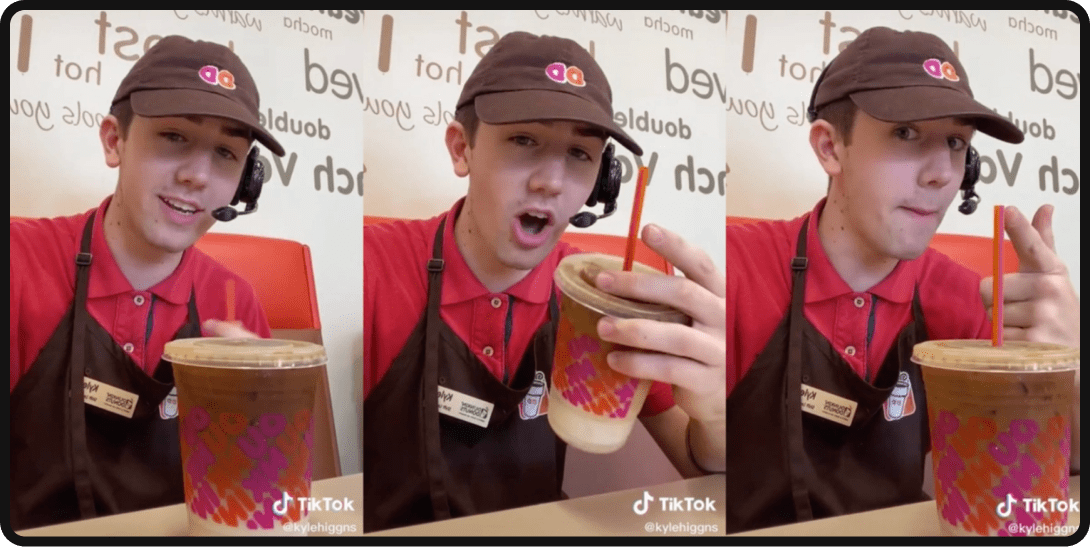
7. Diversity and Representation
Undoubtedly, Gen Z has proven to be the driving sales force and target demographic of major brands over the last few years. It comes as no surprise, then, that these companies intend to mirror Gen Z’s values, chiefly those of diversity and representation. From the LGBTQ+ community to Black women, businesses are ensuring underrepresented communities feel included in their advertising model, invariably scouting them as brand influencers.
There are even entire influencer agencies dedicated to expanding representation, like Shade, Black Girl Digital, and REFLECT, a platform that works exclusively with brands that aim to facilitate media diversification. Inclusion has become the inextricable glue of the advertising realm, and this trend will unequivocally prevail throughout 2024.
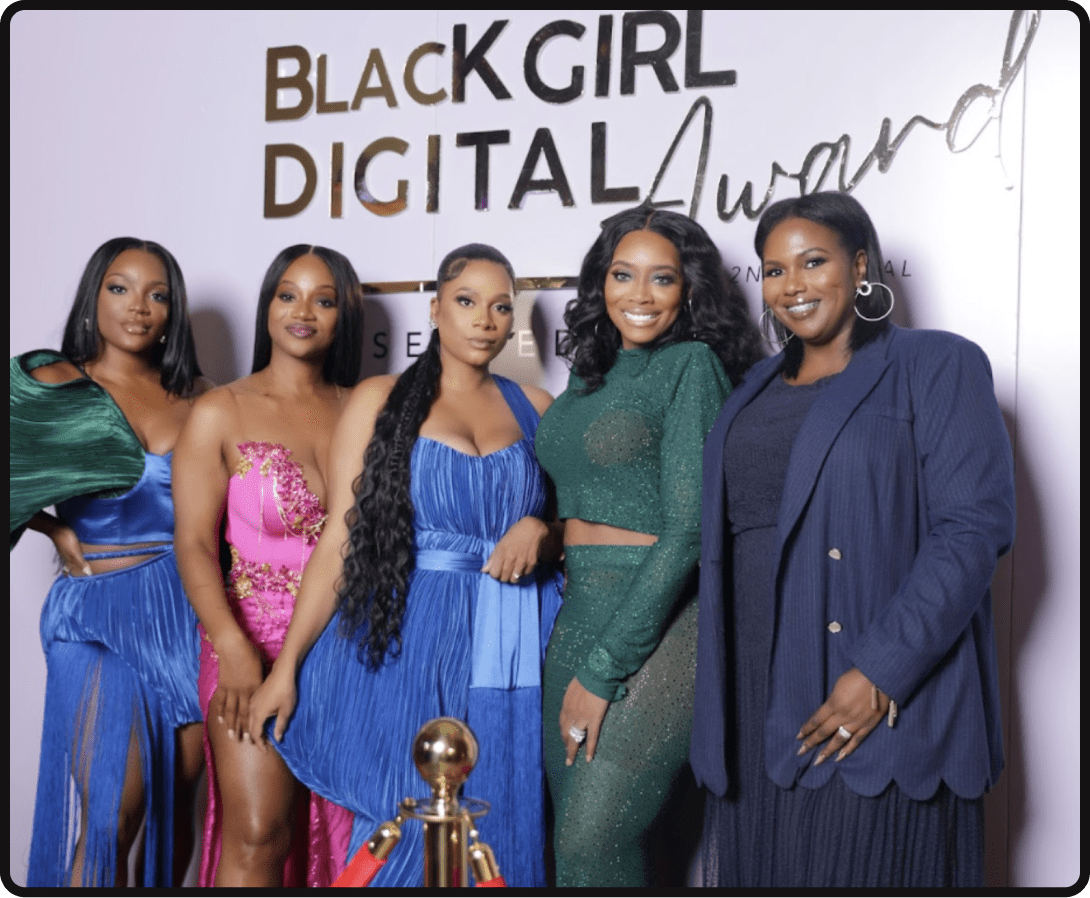
8. UGC as a Primary Digital Marketing Method
Influencers have attained social media indispensability, triggering an explosion of user-generated content in response. The correlation between influencer marketing and UGC is undeniable: creators construct niche communities of followers devoted to the specific products they promote.
In response, inspired by the original creators, viewers influence their own online communities through unsponsored user-generated content, sharing commendatory product reviews. Take, for example, the viral Bloom Nutrition Greens & Superfoods, initially advertised by TikTok influencers and shortly thereafter showcased on a massive scale by everyday consumers, detailing the product’s contribution to their improved digestive health.
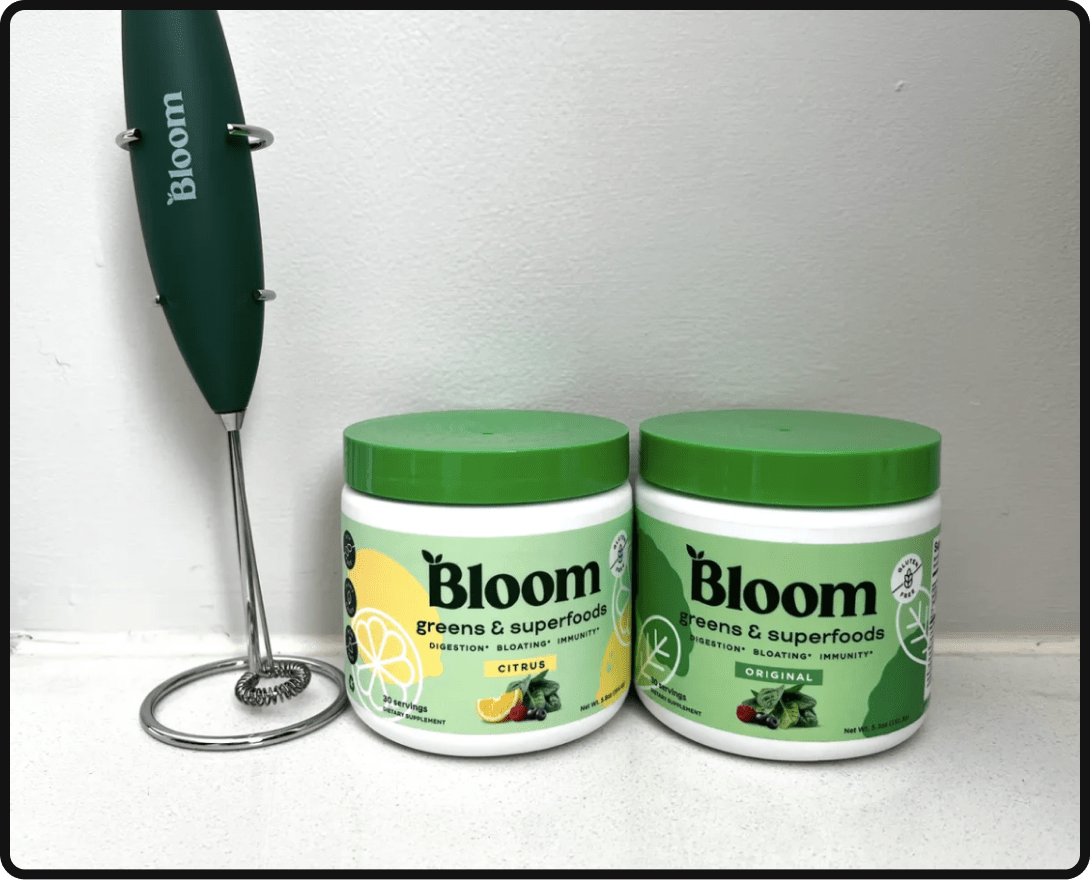
Both small and far-reaching brands are cognizant of UGC’s capacity to catapult conversions, securing its marketing domination for the foreseeable future.
9. Influencer Product Collections
Typically reserved for A-list celebrities, product collections have long been available across major retailers, allowing fans to shop from must-have lists curated by their favorite public figures. Yet, to avoid the intrinsic artificiality associated with sponsored celebrity ads, consumers scout the more original product collections of their favorite influencers.
Brands are producing these lines at exponential rates in order to meet consumer demand. From household names like Charli D’Amelio to niche-specific creators like Meredith Duxbury, who respectively possess Morphe cosmetic lines, social media personalities have dominated branded collections of every type.
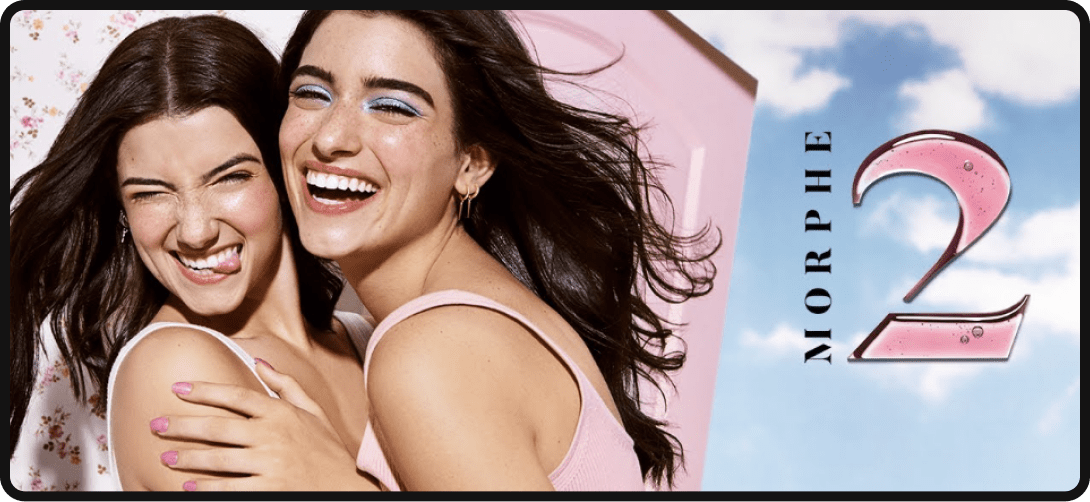
10. Cross-Channel Campaigns
While most influencers cultivate their wider audience on one social media platform, they eventually migrate to other channels, aiming to convert their user base while simultaneously attracting new followers.
This multi-channel integration is essential for online success, as the shrewd objective of most brands is working with influencers who will maximize product outreach. In order to partner with businesses and earn product commissions, a rise in cross-channel marketing campaigns can be expected throughout 2024.
11. Influencer Subscriptions
As the influencing sphere becomes increasingly saturated, burgeoning digital creators are seeking ways to set their content apart. A common tactic in accomplishing this feat among reputable social media personalities is offering select, subscription-based content. Influencers who offer subscriptions provide behind-the-scenes footage and perks to their innermost viewers.
This allows them not only to make additional revenue by monetizing their high-quality content but also to deepen relationships with followers, offering an exclusive sense of belonging. Hence, the digital-presence leveraging benefits of establishing subscription services have recently secured their presence in advertising.
12. Influencers Become Entrepreneurs
In addition to content commercialization through subscriptions, influencers are capitalizing on their entrepreneurial spirits through other endeavors. An uptick in influencer-owned businesses is a recent observable trend, particularly among creators that fall within specific niches. Gabrielle Cozallo, otherwise known as @milkstrology, serves as a prime example.
An influencer who garnered acclaim for her unique astrological insights, Gabrielle now directs her own natal chart reading business, which is operated independently and advertised through her social media platforms. During 2024, an even greater number of influencers are slated to follow in her footsteps within their specific areas of expertise.
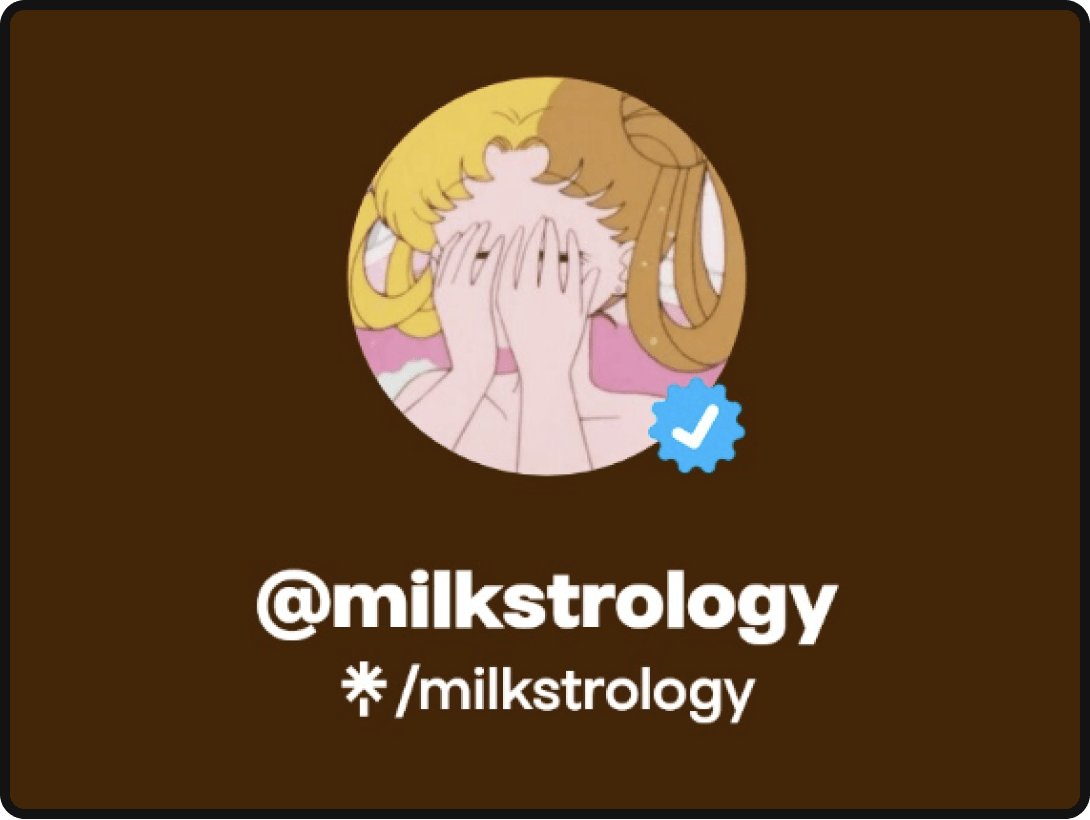
13. Long-Term Influencer Partnerships
The days of one-off influencer partnerships are over. A growing number of brands are opting to collaborate with influencers on long-term projects, allowing them to invest in a handful of lucrative creators. This decision eliminates the possibility of influencer marketing budget depletion when working with a host of potentially underachieving candidates.
Alix Earle, for example, maintains an ongoing affiliation with Hailey Bieber’s Rhode Beauty, promoting their product launches and her favorite cosmetic items on a monthly basis. Long-term influencer partnerships allow businesses to maximize their most profitable relationships, so we can expect to see more of them across social media platforms throughout 2024.
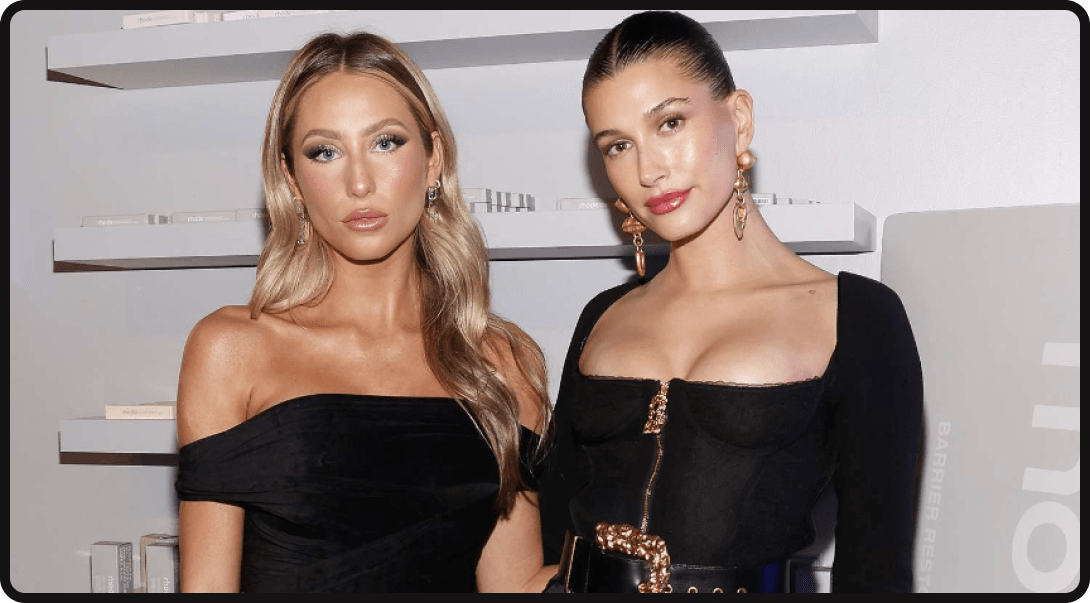
What is the Future of Influencer Marketing?
Indisputably, influencers have left their mark on the world of marketing as we know it. From efforts to expand diversity and representation to the enterprising efforts of many digital creators, we’ve explored the myriad mechanisms that can be anticipated throughout this year and beyond. As social media continues evolving and consumers place an enhanced emphasis on authenticity, we are eager to observe the ways in which influencer marketing develops.





